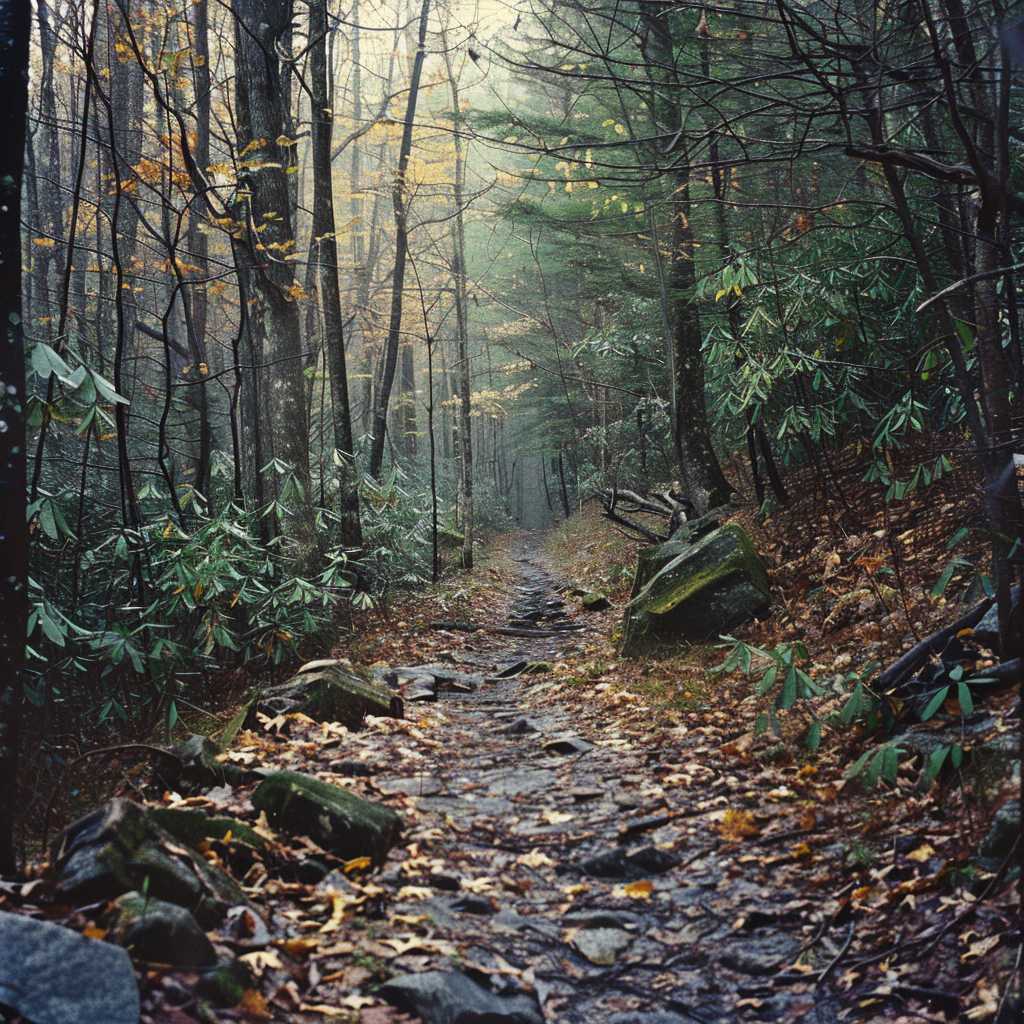The Barkley Marathons: Testing the Limits of Human Endurance
The Barkley Marathons stand as one of the most challenging and enigmatic ultra-distance races in the world. Created by Gary “Lazarus Lake” Cantrell, the race takes place annually in Frozen Head State Park near Wartburg, Tennessee. Inspired by a failed prison escape, this ultramarathon is designed to be as tough as it is secretive, attracting a mix of elite athletes and adventurous spirits all aiming to test the utmost capabilities of human endurance.
Origins and Inspiration Behind the Barkley
The inception of the Barkley Marathons can be traced back to 1977, when James Earl Ray, the assassin of Martin Luther King Jr., escaped from Brushy Mountain State Penitentiary, only to be captured approximately 55 hours later and just 8 miles from the prison. Gary Cantrell was struck by Ray’s lack of progress and jokingly remarked that he could have covered 100 miles in that time. This led him to create an event to push the boundaries of what a person could physically and mentally manage in a certain period.
Race Format and Structure
The Barkley showcases a unique structure as it consists of five loops through the rugged terrain of Frozen Head State Park, each loop being roughly 20 miles, although participants claim the distance to be closer to 26 due to the unmarked nature of the course. Runners must complete this titanic task within a 60-hour period.
Entry Process and Selection Criteria
Entering the Barkley is not straightforward—the application process is kept under wraps, with potential entrants needing to complete an essay on why they should be allowed to race. Once they attain entry, they are notified privately.
Challenges Faced by Participants
The marathon is renowned for its punishing course, featuring unpaved trails with significant elevation changes amounting to about 54,200 feet of accumulated vertical climb. Natural hazards include treacherous descents, unpredictable weather conditions, and even dangerous wildlife. Navigation is also a critical factor as there is no clear trail in parts of the course—instead, runners must use their orienteering skills to find hidden books from which they tear out a page corresponding to their bib number to prove they completed that section.
Human Stories and Barkley’s Legacy
Over the years, the race has summoned some remarkable stories of persistence and survival against the odds. Every runner who tackles the Barkley does so knowing that failure is much more likely than success—since its conception in 1986, only 15 runners have finished within the prescribed time limit. The marathon has fueled curiosity not just among ultrarunners but also in popular culture, with documentaries highlighting its twisted allure and extreme challenge calling attention from around the globe.
Record Holders and Memorable Finishes
In Barkley history, several participants have left lasting impressions with their groundbreaking finishes or stoic struggles on the course. Invariably though, it’s not just about completion but the spirit invoked during this extraordinary human endeavor.
